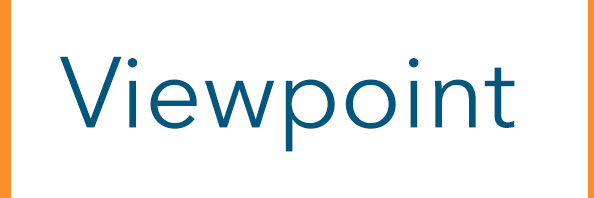Amid the Covid-19 pandemic, higher education is combatting sharp and historic enrollment declines across the country. This is especially the case at community colleges, which serve a disproportionate number of students from low-income backgrounds.

With the pandemic likewise disproportionately impacting and displacing lower-income workers and people of color, community colleges are feeling the pressure to not only enroll more learners but ensure they have a quick and clear path to a job or career. To this end, colleges are now navigating a flood of federal stimulus dollars and philanthropic funding to help address skills gaps and get people back to work.
But colleges and universities need more than a one-time injection of funding to deliver the kind of targeted skills-based programming the country needs. They must develop more resilient infrastructure and greater capacity, building stronger bridges between themselves and the communities they serve and creating a network of support and engagement that expands far beyond the edges of campus.
These bridges, designed through partnerships with trusted community partners, can help institutions better connect to the new majority of learners — working adults — who otherwise may not consider higher education as an option.
Multi-purpose bridges
Importantly, such bridges cannot serve as one-way streets, simply moving students from the classroom to a career, for instance. Instead, at one end of the bridge, students can find childcare, food, shelter and other services. Crossing the bridge, they can find career opportunities and pathways to better jobs. Along the way, they can receive the training and learning necessary to access these opportunities. Students can easily cross the bridge whenever they need to.
This idea is not a theoretical one. One such approach is already taking place in Indiana. Ivy Tech Community College’s Bridges of Hope concept intentionally develops and cultivates partnerships between local campuses, community-based organizations, faith-based organizations and employers.
These partners are deeply rooted in the neighborhoods they serve, and their neighbors trust and respect them. They are able to help encourage enrollment, directing students toward the important training and education programs Ivy Tech has long provided. All the while, the partners provide wraparound services to help drive completion, augmenting the existing support services on campus, as well as workforce opportunities for students and graduates.
Three key areas
Ivy Tech campuses and their partners focus on three key areas: providing relief and support around basic needs, offering opportunities for workforce training and postsecondary education, and transforming that education into high-value career pathways. Every partner has a role to play, with each serving as an equally crucial beam supporting the bridge. While institutions like Ivy Tech have long partnered with outside organizations, this effort is an intentional shift from transactional relationships to transformational ones.
Ivy Tech, for example, has partnered with the Shepherd Community Center and Nu Corinthian Baptist Church, both located in Indianapolis. Ivy Tech provides both organizations with information regarding training and education available through Indiana’s Workforce Ready Grants. The two partners then help distribute the information to their members and neighbors through YouTube videos, within their buildings and at special events.
The community center and the church also both work with the college to reach out to current Ivy Tech students who reside within their service areas to offer support to students enrolled in those workforce programs.
In addition, Ivy Tech has partnered with Gleaners Food Bank of Indiana to help provide food to thousands of Hoosiers on an ongoing basis while also sharing educational and training opportunities. The cost, so far, is minimal because the initiative builds upon programs already taking place throughout the state.
It’s less about creating brand new programs than connecting existing supports in a seamless and impactful way. Working together, the college and its partners ensure that no support beam is missing from the bridge for any citizen of our communities.
A citizen-centered approach
Citizen is a keyword, here. Because building the kinds of bridges that can reach and support more learners requires a shift from a student-centered approach to a citizen-centered one. Expanding our view of who we are serving as institutions can help ensure we better address the needs of all those who could benefit from training and postsecondary education.
We must redefine what the word “community” means in the term community college — and we must remove the boundaries we have placed between current students, prospective learners and other members of our community. In this way, institutions can become more active partners in their cities, states and regions. Only then can they begin constructing these critical bridges between campuses, local employers, community-based organizations and faith-based organizations.
Together, we can create a system of support far more resilient and with far more capacity than would be possible for any single institution or organization.
The role of higher education cannot start when a student applies to an institution and it cannot end when they graduate. Institutions must work to further blur the lines between higher education, work and community.
We must move beyond the transactional partnerships of old and toward transformational collaborations that benefit all citizens. It’s not just about funding the bridge; it’s about designing and building it in a way that best meets the needs of students. Together, we can create those blueprints.

